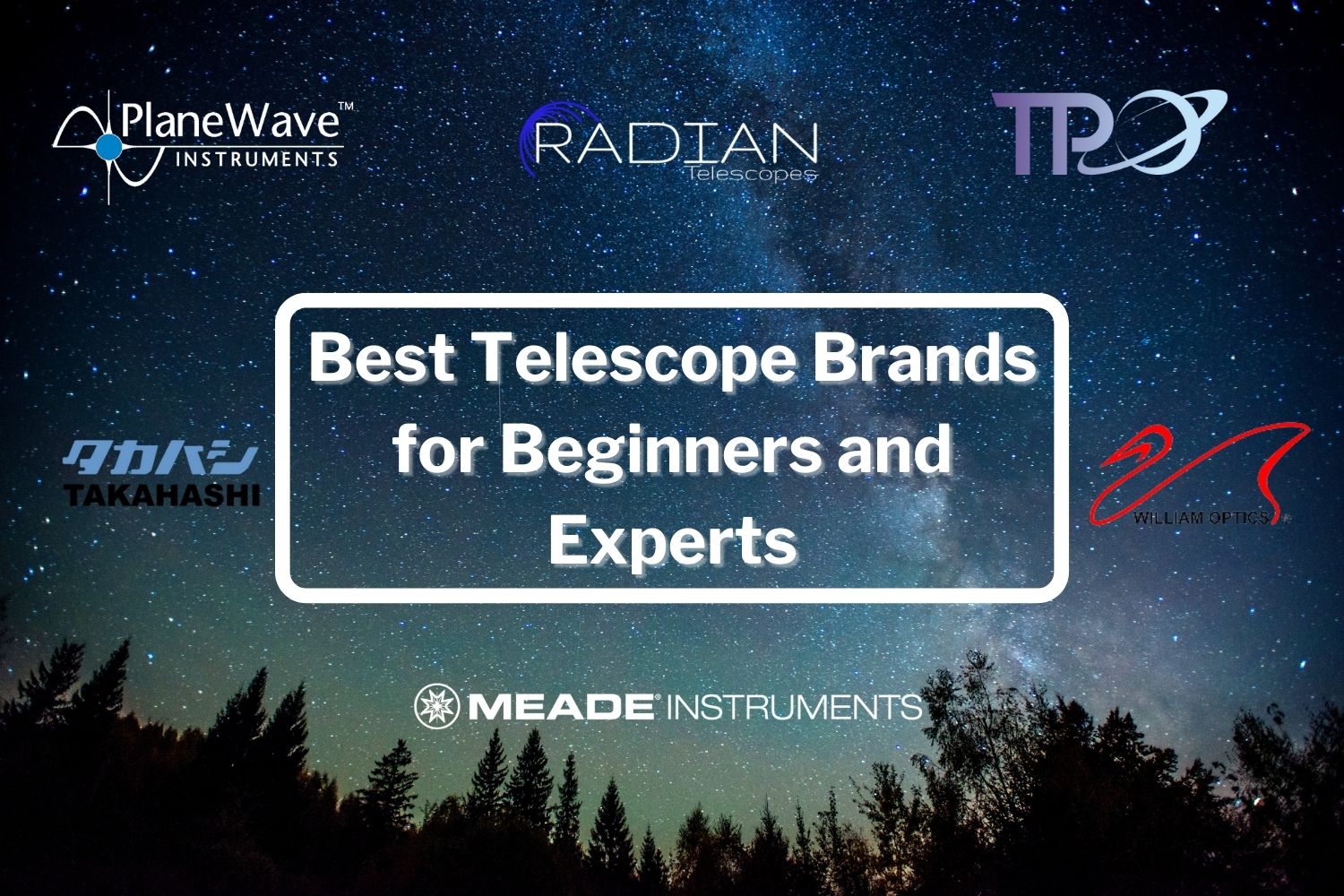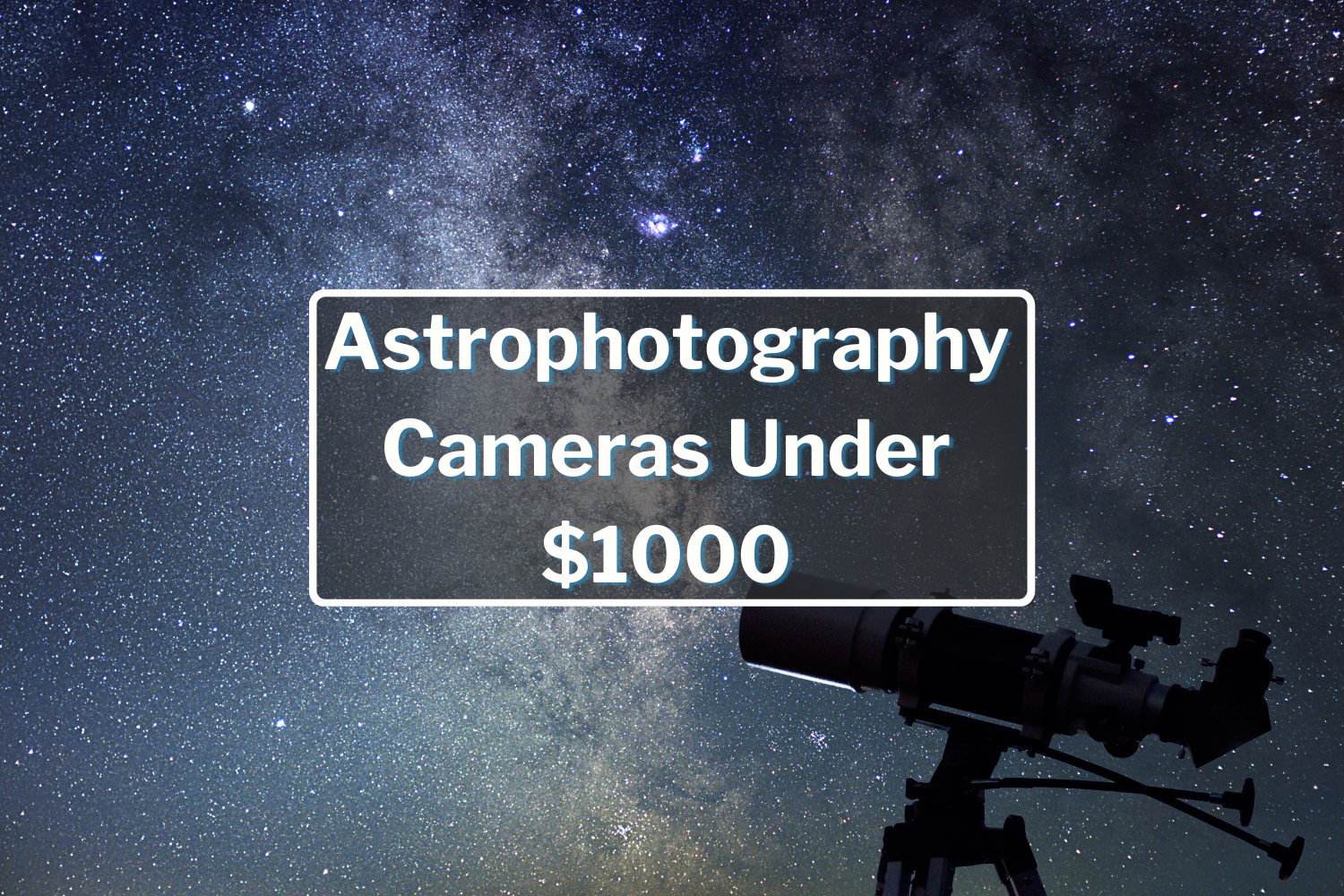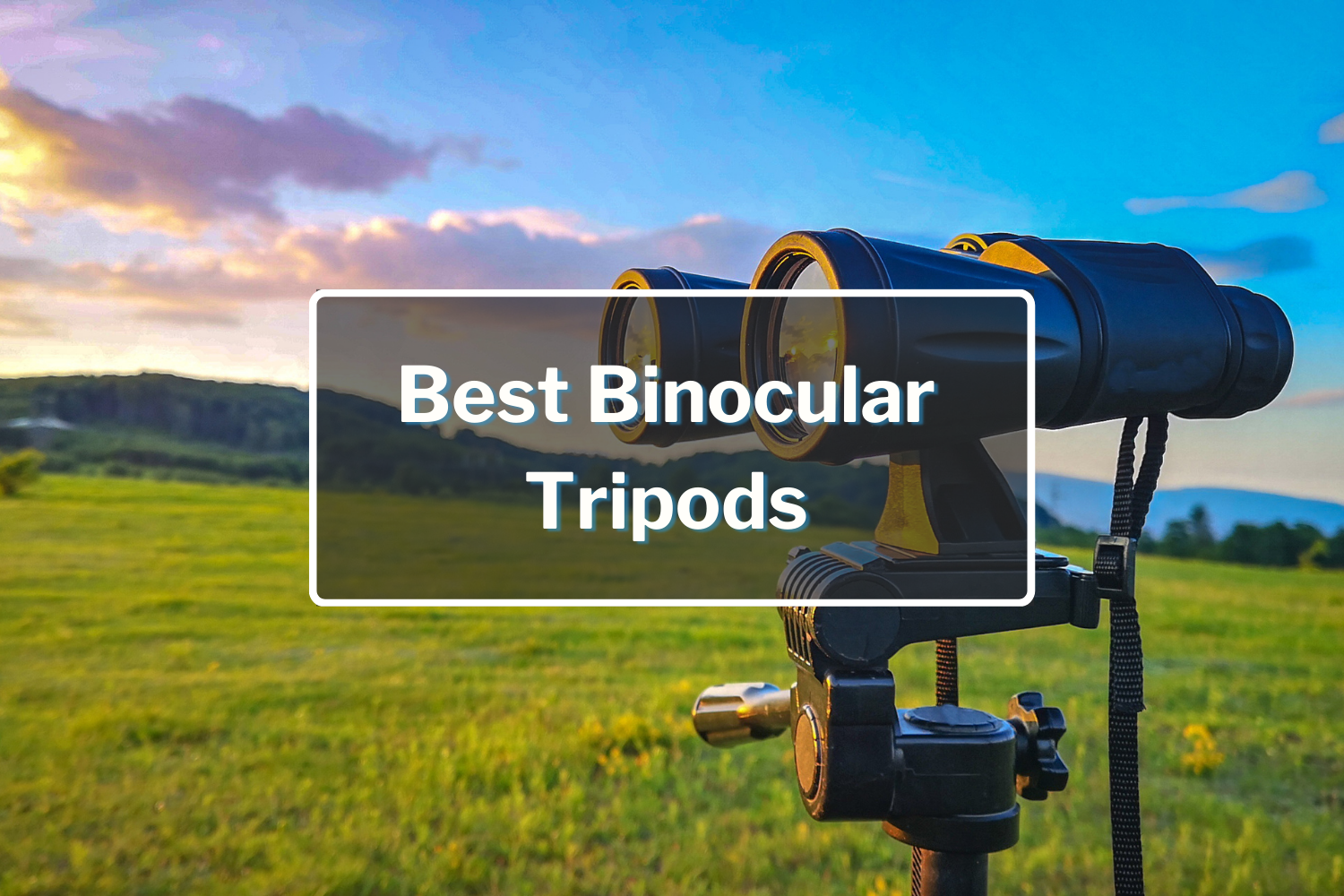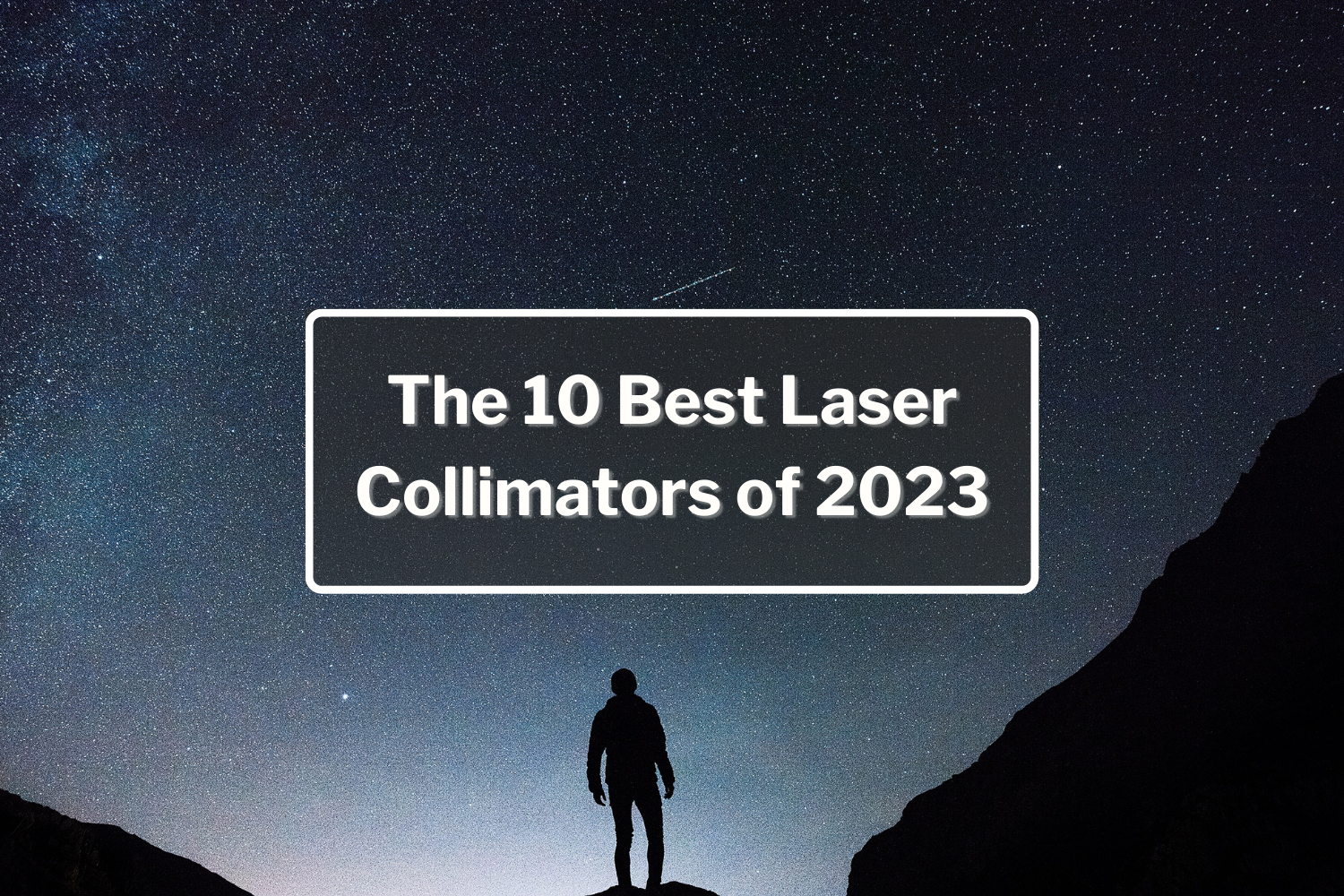The Basic Types of Telescopes
If you're new to the world of astronomy it's important to learn about the types of telescopes available. Most telescopes will fall into one of three categories: refractors (which use lenses to bend light into focus), reflectors (which use mirrors that reflect light into focus), and catadioptric or compound scopes, (which use a combination of both lenses and mirrors). While you might hear other specific terms for telescope types mentioned, such as “Dobsonian” or “Schmidt-Cassegrain,” most of these other types of telescopes are actually variants of the basic three, such as a Dobsonian being a type of reflector or a Schmidt-Cassegrain being a type of catadioptric telescope.
The Basic Types of Telescopes Explained
Refractor Telescopes
Refractor Telescopes utilize specially designed lenses to focus incoming light into an image for you to see with your eye or capture with a telescope camera. They are usually long relative to their overall size, as light must flow in a straight path through the telescope tube to the eyepiece or camera. The larger the lenses in a refracting telescope, the longer the optical tube has to be to bring the image into focus. The length and size of the lens of a refractor, combined with the fact that large lenses can be difficult and expensive for glassmakers to manufacture with high quality and accuracy, means that larger refractors can get rather expensive. Most refractors available for purchase tend to be smaller than other types of telescopes, making refractors one of the most portable types of telescopes on the market.

Refractor telescope light path
Depending on the type of telescope lenses used for the optics, you may encounter visible color fringing at high magnifications. Also known as chromatic aberration, color fringing is when the various colored wavelengths of light get split from each other and arrive at slightly different angles, showing up as an image with distinct coloration at the edges. Most low-cost refractors are “doublets,” which may have color fringing, whereas “triplet” refractors are designed to eliminate this issue.

Example of chromatic aberration, a common problem with lower cost refractor telescopes
Still, whether a doublet or triplet, refractors are a solidly built type of telescope. Their non-movable lenses make for a sturdy design that doesn’t need much maintenance beyond the occasional cleaning. It's also one of the most popular types of telescopes available today.
Reflector Telescopes
Reflectors use mirrors, which causes light to reflect at various angles within the optical tube, extending the overall light path. This often causes reflectors to be shorter than refractors of the same aperture, as the light doesn’t need to flow in a straight line to move the same distance. Given that manufacturing large mirrors is often cheaper than manufacturing large lenses, it’s fairly common for reflectors to be much less expensive type of telescope, when compared to refractor telescopes.

Reflector telescope light path
Additionally, reflectors are not susceptible to color fringing in the same way that doublet refractors are. If you’re looking for a lot of bang for your buck in terms of aperture, reflectors are a great way to go. This is especially true for Dobsonian telescopes, which come with their own easy-to-use rocker-box mount.

Dobsonian rocker box mount
Reflectors can be a great value with many conveniences. They can also come in a variety of sizes and can get quite large. With this in mind, purchasing the largest reflector you can afford is a great low-cost way to get a high-aperture scope. Just make sure you are able to store and transport it safely, as they can get unwieldy.
There are some things you should consider about the reflector telescope design. By default, the image you see through a reflector’s eyepiece will be upside down. For this reason, you’ll want to use your scope’s finder to line it up with the objects you want to see before looking through the eyepiece. Most modern reflecting telescopes come with a finder scope or a red dot finder, so you most likely won’t have to make an additional purchase to acquire this.

Reflectors flip the image upside down

Red dot finder scope
Additionally, the reflector type of telescope will sometimes require a process called collimation, which consists of adjusting the reflector’s mirrors to make sure they stay in proper alignment with each other. All telescope types with mirrors may require occasional, or even frequent collimation. While this process usually only takes a few minutes, it is an additional step that is necessary before you may view the night skies.

Reflector telescopes must be collimated
When properly maintained, a large reflector is a great way to view smaller or far away objects with great clarity, and is a great value for achieving high-aperture viewing.
Catadioptric Telescopes
Catadioptrics combine the optical benefits of both lenses and mirrors into a compact, convenient package, being smaller and more portable than either refractors or reflectors of the same aperture. This is made possible by the corrector plate that folds the light path and the curved secondary mirror that magnifies the light internally. There are many variations on this design, including Schmidt-Cassegrains and Maksutov-Cassegrains.

Catadioptric telescope light path
Since it uses mirrors much like a reflector, a catadioptric scope will require collimation. However, unlike with reflectors, this procedure needs to be performed far less frequently. If well taken-care of, a compound scope can go for years without requiring collimation.
The catadioptrics’ small size and portability give them a convenience not found in reflectors of the same class, making them a great investment for both beginners and experienced astronomers alike.
Picking the Right Type of Telescope for Your Needs
So which scope is right for you? In most cases you’re going to want the largest telescope that you can reasonably afford, carry, and store. However, you might have specific needs that could make one scope or another more worthwhile for you personally.
If you want to do deep-sky observing or wide-field astrophotography of distant galaxies and nebulae, you might want to consider picking up a large refractor.
If you want a high degree of flexibility in what you observe, a Schmidt-Cassegrain or other compound type of telescope will give you a lot of options for how to target your viewing and imaging experience.
While weighing their benefits and considerations and keeping your budget in mind, you should be able to choose a scope that will help you get the most enjoyment you can out of the night sky. Our blog on how to use telescopes for beginners includes a step-by-step guide to learn more about telescopes!
If you have any questions or want to know more, you can contact us at OPT and we will be glad to help you out. Happy observing!
5 Responses
Tina
Thorough and comprehensible telescope descriptions for beginners. Nice graphic of light paths. Well done!
Tina
Thorough and comprehensible telescope descriptions for beginners. Nice graphic of light paths. Well done!
Casey
Awesome article! My kid was studying telescopes for her schoool projects and this helped greatly! :)
Richard Eastman (DocE on astro sites)
I am an experienced photographer with high end Nikon lenses (Nikon 40. mm f2.8, Nikon 200-400mm, all 3 teleconverters). As I have gotten older I am delving into astro viewing and photography instead of chasing wildlife as an avocation. The 400+2xTC gets me to 800mm with exquisite optics (and a heavy rig), and in +Dx mode to an EFL of 1200mm. I use a Nikon D4S or D810 and an ASI 183MC Pro and ASI 120MM Mini Guider so far. I have a home observatory with a Sky Watcher EQ6-R Pro and travel with a Sky Adventurer 2i. I use Windows Remote Desktop to control the rigs remotely through Windows miniPC’s, using PHD2, APT, Stellarium. I have limited overhead space in the observatory, so am looking at shorter telescopes. I am having a little problem connecting the generic types you discuss with Sky Watcher Models on their websites, and what the best fit would be to extend my viewing/photography range. Back compatability with Nikon DSLRs is desirable, although I am moving towards cooled dedicated astro cameras for obvious reasons, and because my DSLRs don’t work with APT.













Sunglasses
February 16, 2024
This article greatly helped my report for school. Thank you!